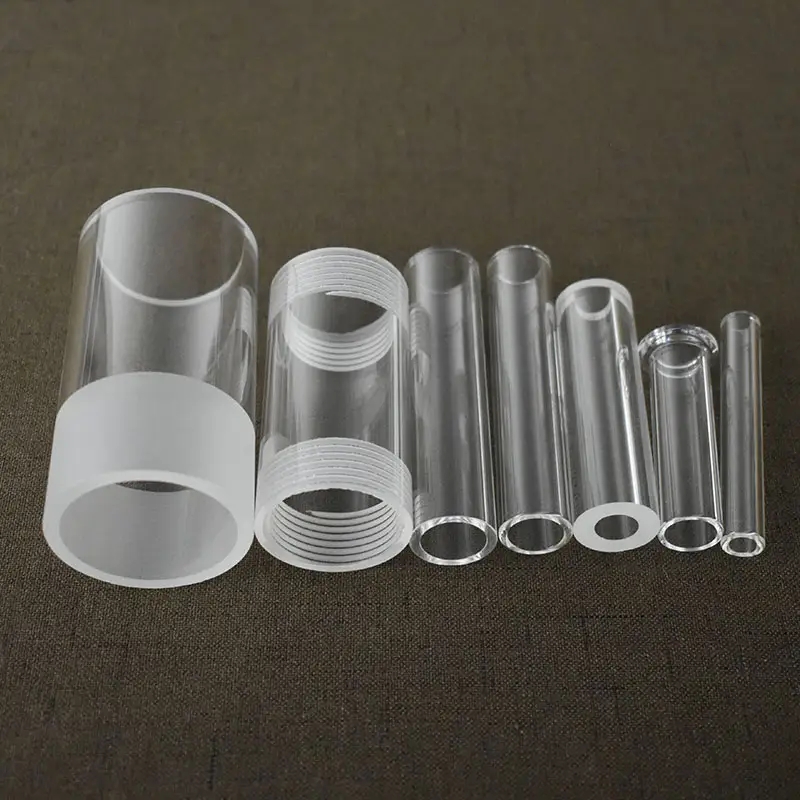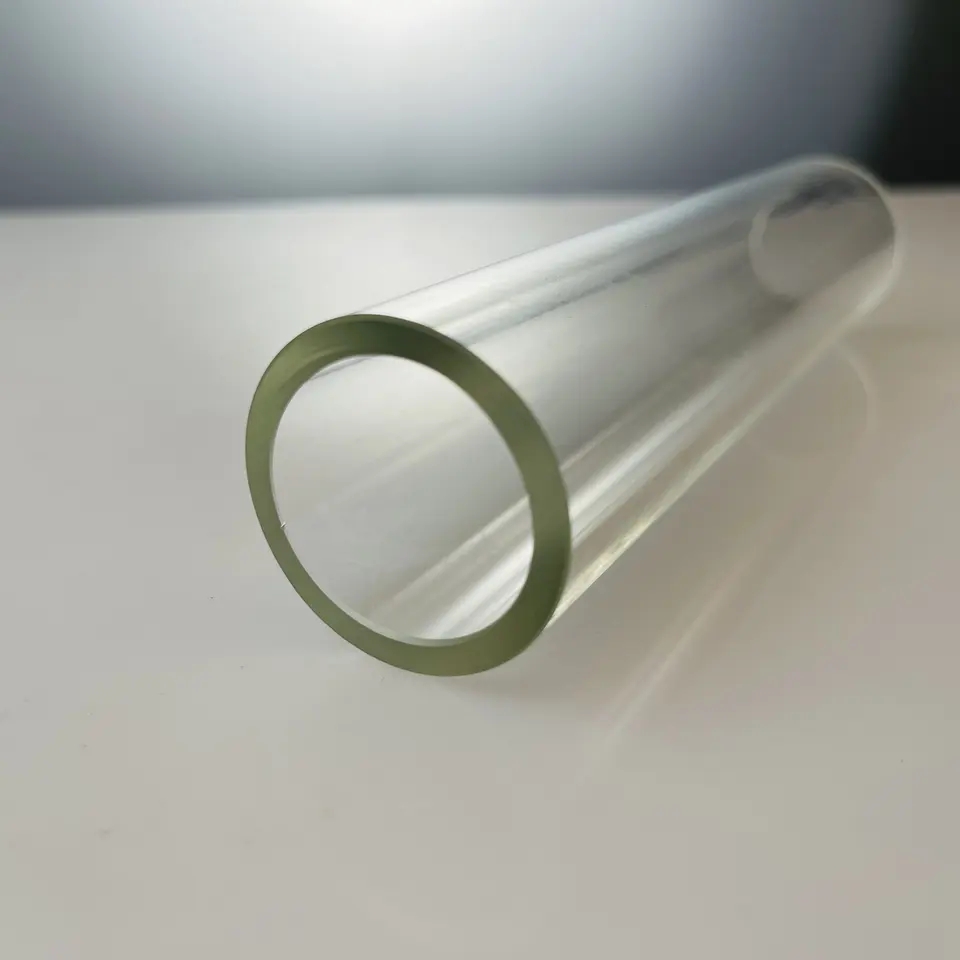Borosilicate Tubing: Unveiling the Glasswork Marvel
Introduction:
Borosilicate tubing, a fascinating glass material with remarkable characteristics, has found its place in a wide array of applications across industries. In this comprehensive article, we will take an in-depth journey into the world of borosilicate tubing, exploring its composition, exceptional qualities, manufacturing methods, and the diverse applications that rely on its versatility.
Section 1: A Primer on Borosilicate Tubing
Borosilicate tubing is a specialized form of glass distinguished by its substantial boron oxide content in its composition. This unique combination of boron and silica imparts borosilicate glass with extraordinary properties, including exceptional thermal resistance, unparalleled chemical durability, and impressive transparency. Its low coefficient of thermal expansion (CTE) makes it a suitable choice for applications exposed to abrupt temperature variations.
Section 2: Unpacking the Distinctive Attributes of Borosilicate Tubing
High Thermal Resistance: Borosilicate tubing is engineered to endure extreme temperature fluctuations, making it an ideal choice for applications where exposure to high temperatures is a constant, such as laboratory glassware and industrial furnaces.
Exceptional Chemical Durability: Its robust resistance to chemical corrosion positions borosilicate glass as the go-to material for storing and transporting sensitive substances, such as pharmaceuticals and chemicals, guaranteeing their safety and stability.
Low CTE: The low coefficient of thermal expansion minimizes the risk of cracking or shattering during abrupt temperature changes, ensuring the glass’s longevity and reliability.
Superior Transparency: Borosilicate glass is renowned for its exceptional optical clarity, making it a top choice for high-quality optical components, camera lenses, and artistic glasswork, including intricate sculptures.
Section 3: The Art of Crafting Borosilicate Tubing
The manufacturing of borosilicate tubing involves a meticulous process that starts with the precise melting and blending of high-purity silica and boron oxide. This mixture is then shaped into tubes using methods like the Danner process and the Vello process. Subsequent gradual cooling relieves internal stresses, enhancing the glass’s structural integrity and strength. The tubing can then be customized through cutting, polishing, and shaping to meet specific requirements.
Section 4: Diverse Applications of Borosilicate Tubing
Laboratory Glassware: Borosilicate tubing is a fundamental element in the production of laboratory glassware, creating essential items like beakers, test tubes, and pipettes due to its chemical resistance and optical clarity.
Pharmaceutical Packaging: The pharmaceutical industry relies on borosilicate glass vials and containers for the secure storage of delicate medications and chemicals, ensuring product stability and safety.
Lighting and Optics: Borosilicate’s exceptional optical clarity makes it a preferred choice for high-quality optical lenses, camera lenses, and artistic glasswork, including intricate glass sculptures.
Industrial Significance: Borosilicate tubing plays a vital role in various industrial processes, including semiconductor manufacturing, chemical processing, and oil refineries, thanks to its ability to withstand extreme temperatures and harsh chemicals.
Conclusion:
Borosilicate tubing stands as a remarkable material with a wide spectrum of applications. Its unique properties, such as high thermal resistance, exceptional chemical durability, and transparency, render it indispensable across numerous industries. Whether you are a scientist, artist, or industrial expert, borosilicate tubing likely plays a pivotal role in your work. A comprehensive understanding of its composition, attributes, and manufacturing processes is the key to harnessing the full potential of this versatile glass material.
















